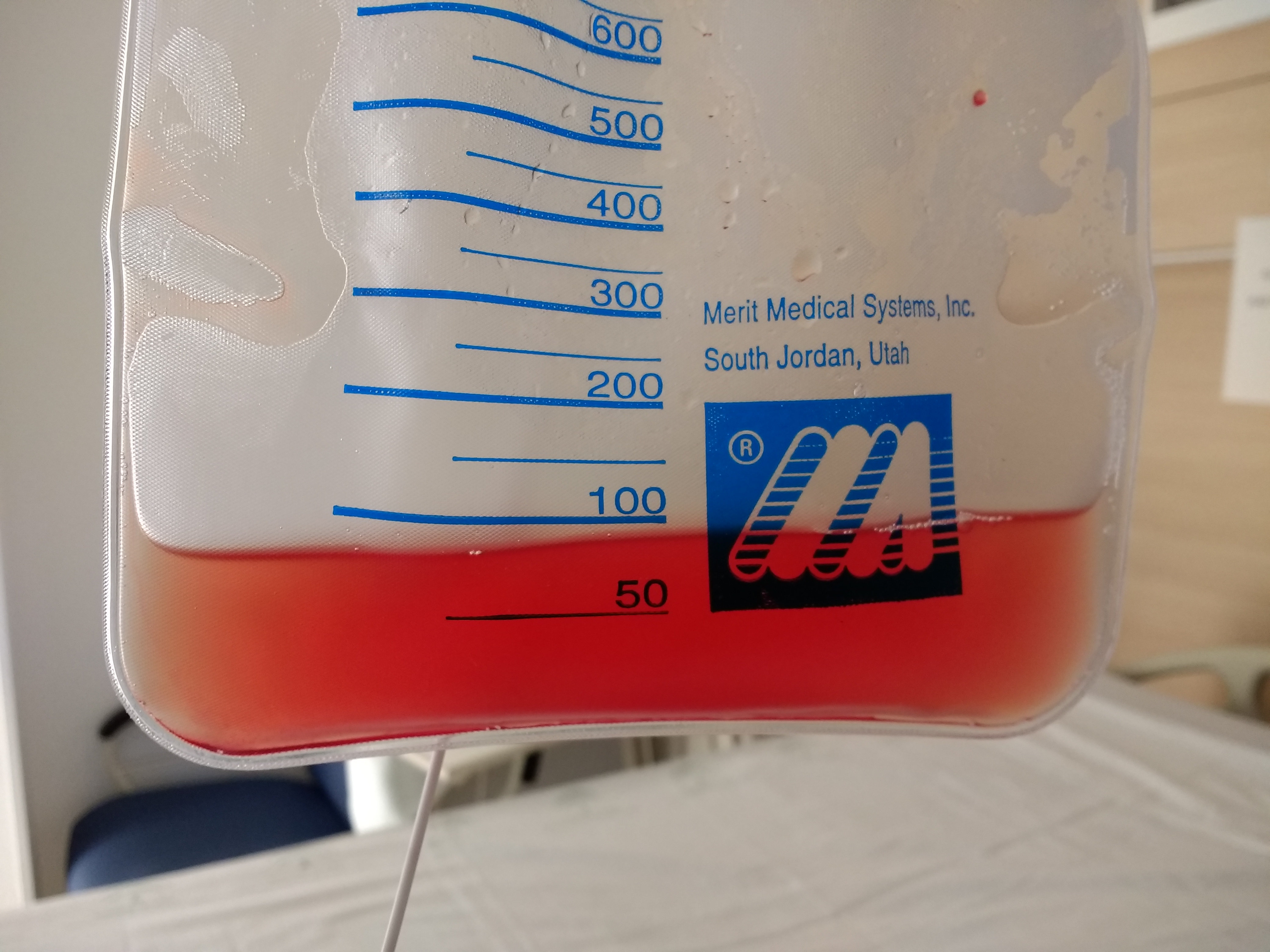A duck is a duck or Why is it difficult for residents and students to practice a Differential Diagnosis? A duck can be a chicken

Differential diagnosis is considered key, but it is not common in practice
Medical textbooks have a section of differential diagnosis with a list of diseases usually very difficult to handle in the memory. All students, residents and professionals know their existence, but the practical utility is usually low because there is not information about key or differentiating data for comparison.
One personal observation is that the diagnosis differencial is not apparent in the clinical practice nowadays. Students, residents and even expert medical professionals are not keen about a complete list of diagnostic possibilities.
Can we teach young doctors to establish a differential?
Thirty years ago, every student or physician had a clear idea about the importance of a differential diagnosis, but in our times things seem to have changed. Novel physicians tend to confuse symptoms with diagnosis and also do not feel comfortable expanding the list of possibilities, they do not seem to understand the meaning and bases to write at least three pathological entities to frame the patient’s problem. They simply look for the obvious, adopting a descriptive model without too much reasoning, waiting for the results of a set of diagnostic “standardized” tests. For example, in a patient with ascites and constitutional symptoms they will possibly think in a tumor, without wasting time elaborating a more complicated list including liver disease or heart failure. Possibly it is very evident in their brain, but that is something that is difficult to prove.
Differential diagnosis increases clinical safety
A differential diagnosis contributes to increasing clinical safety, by opening the range of possibilities, so we make sure we do not forget the most serious processes or those that could share similar signs and symptoms. There is another consideration: the differential diagnosis brings to light those diseases that may be relatively frequent in special contexts associated with age, occupational exposures or drug toxicity.
The Differential Diagnosis allows a better planification
The Differential is an initial framework to know in advance the amount of resources and time that we are going to invest with our patient. Only if we rank a list of diseases we will be able to have a clear idea about the time and tests that we are going to ask for.
In the next picture we show a sample of pericardial effusion obtained after a pericardiocentesis in a 60-year-old-woman with dyspnea and mild fever.

In this situation, we can use our memory together with our experience, to suggest at least three possibilities, or we can retrieve information for some electronic diagnostic tool.
As an example, if we search “UpToDate” introducing “hematic pericardial effusion”, we obtain the following result:
 Conclusion
Conclusion
The importance of a correct Differential must be enhanced in Medical Education, because it is a key skill to improve clinical safety, diagnostic accuracy and a better clinical practice for all patients.


